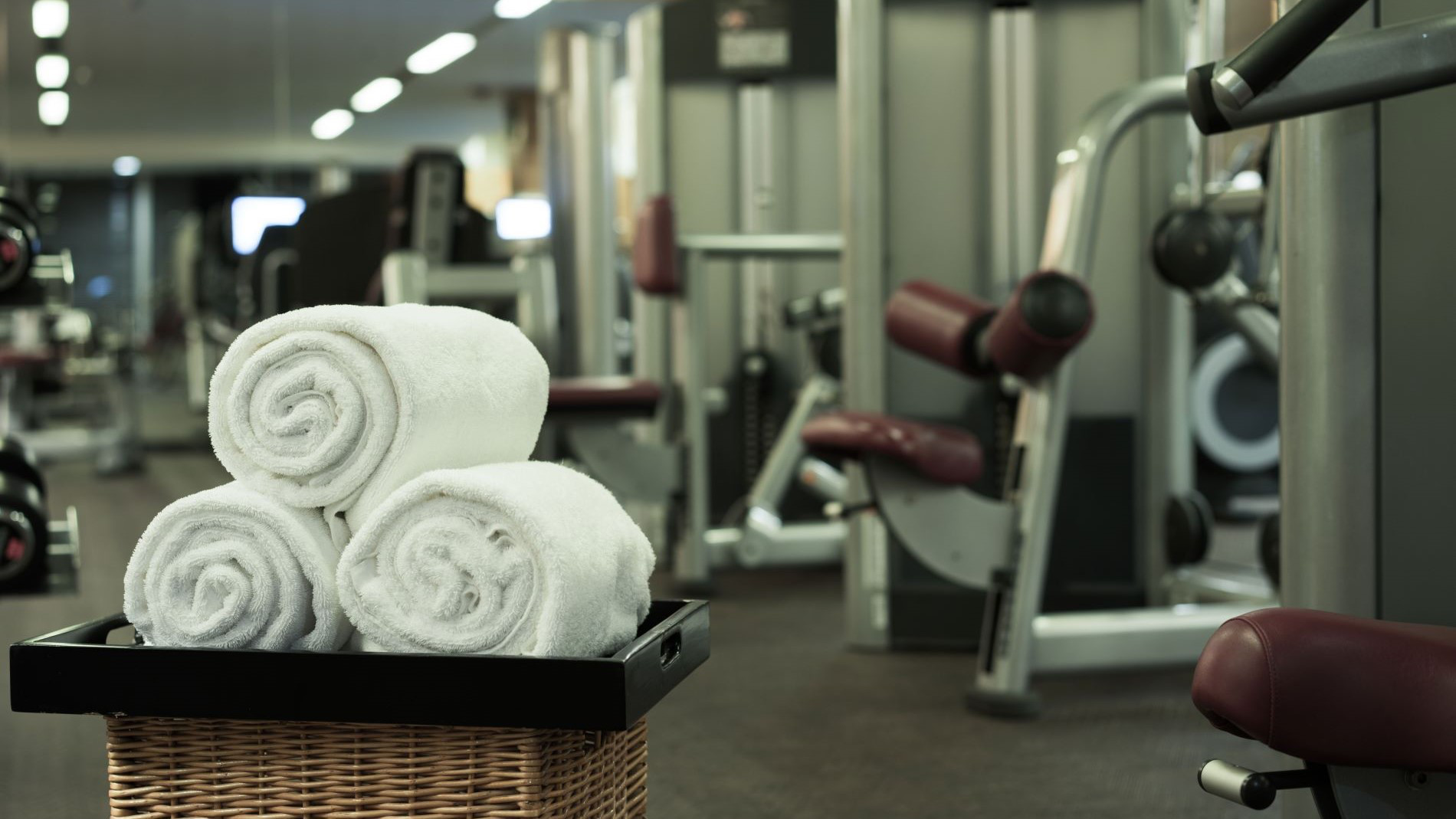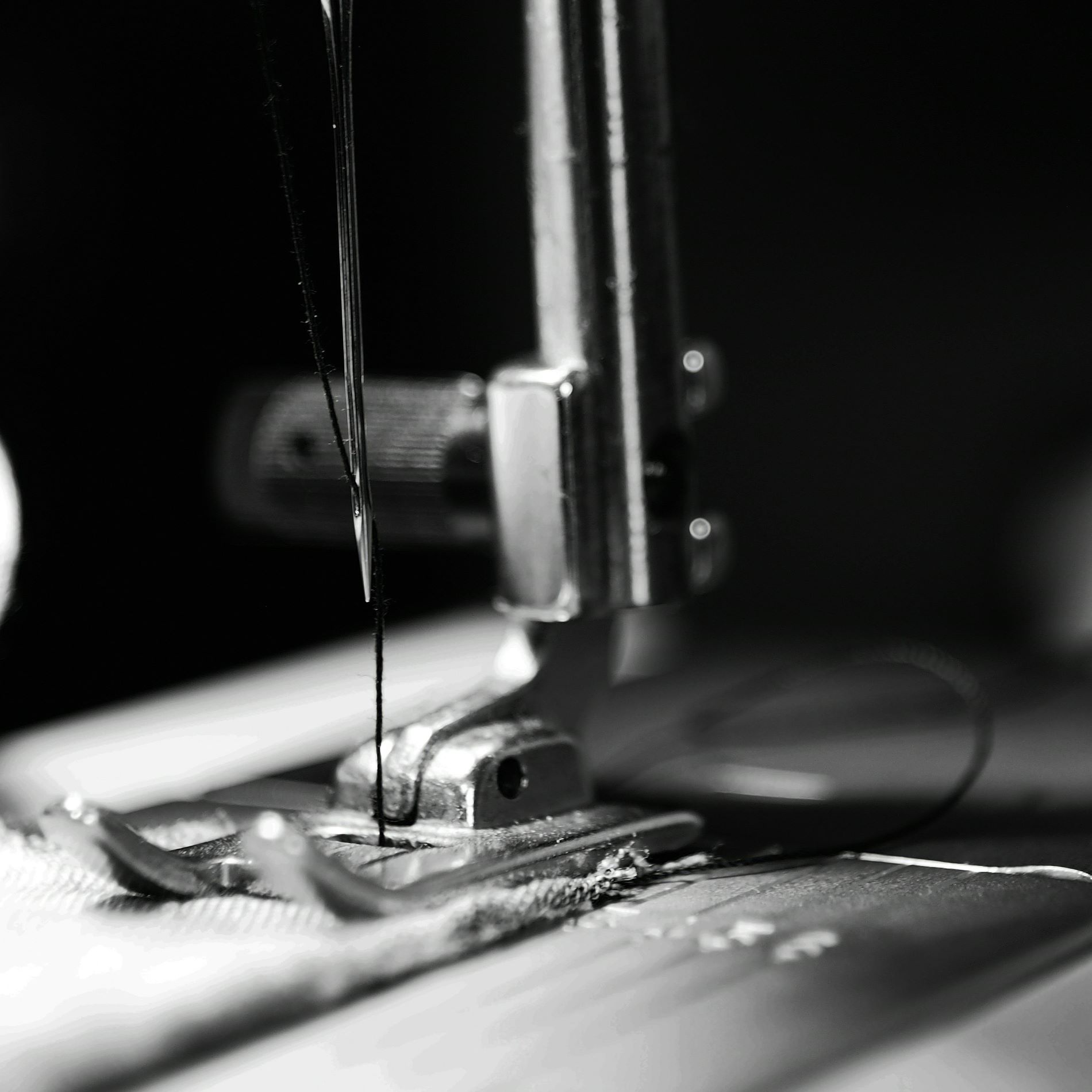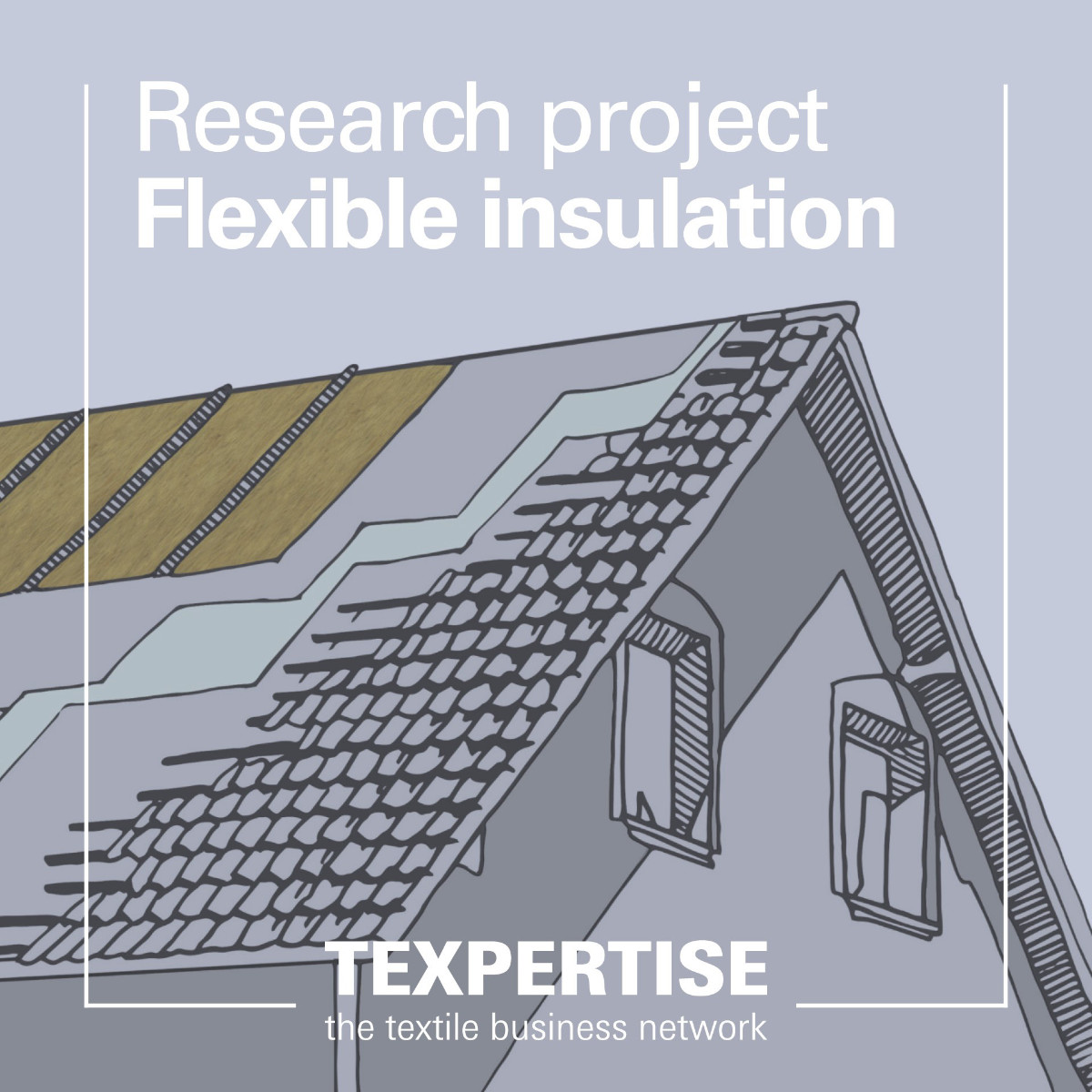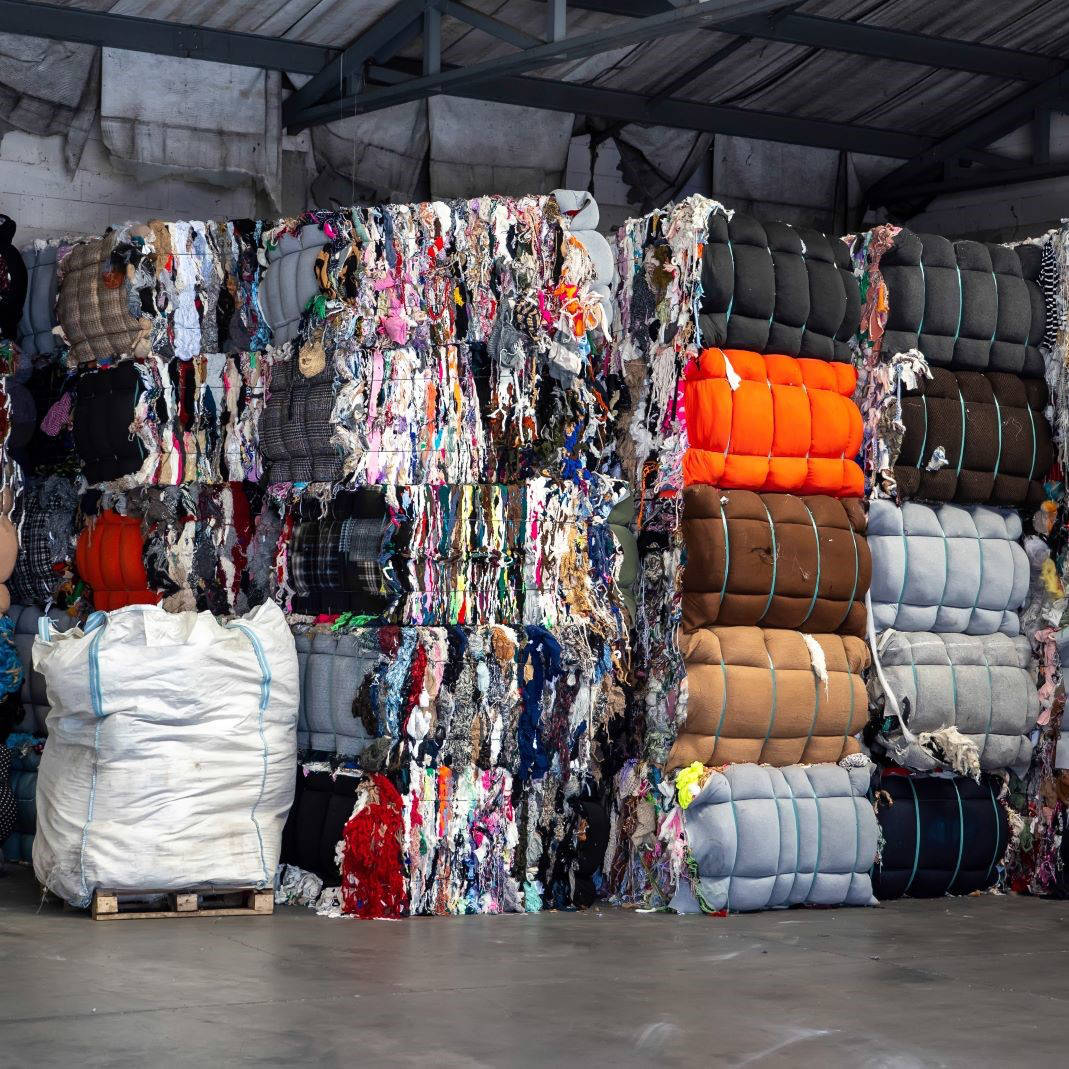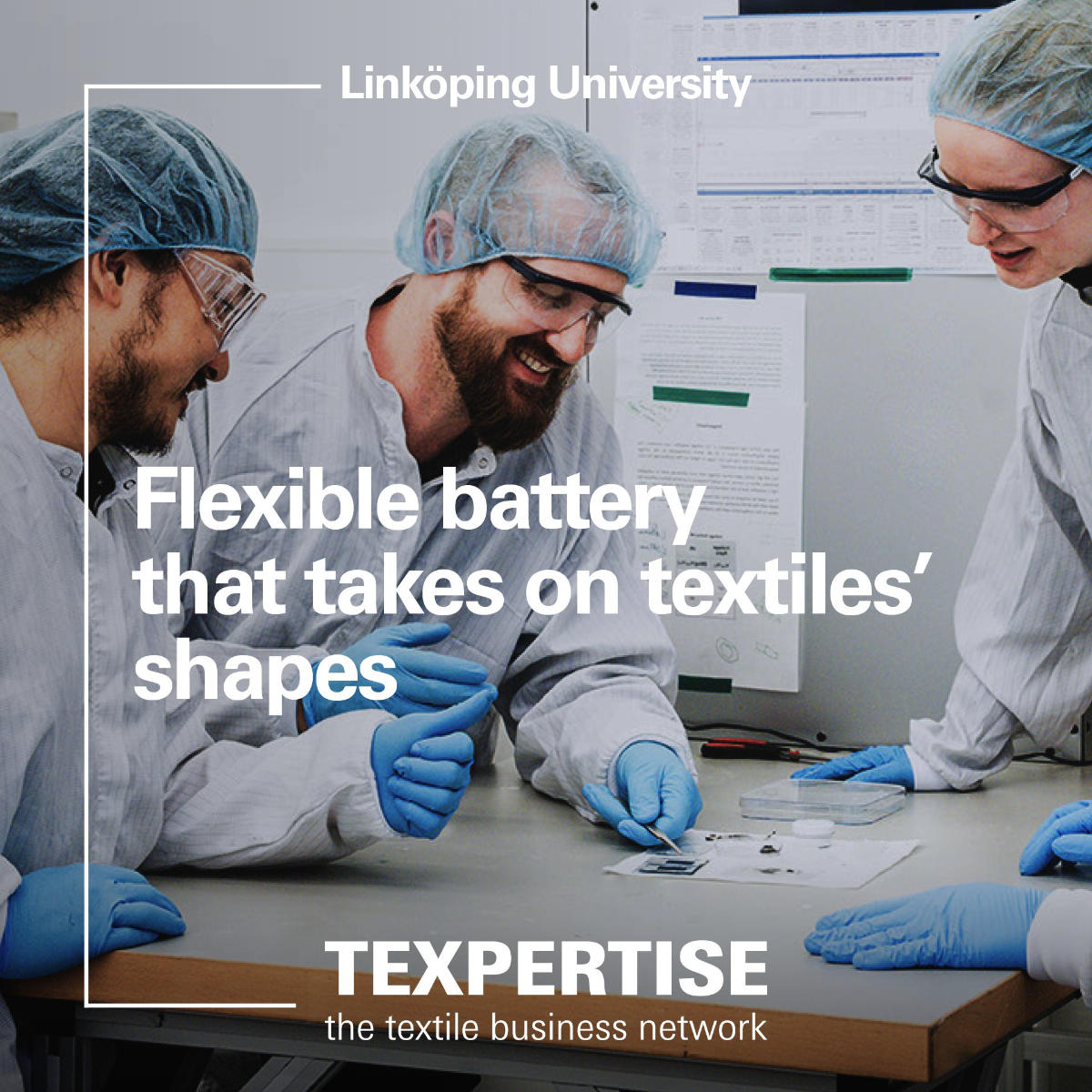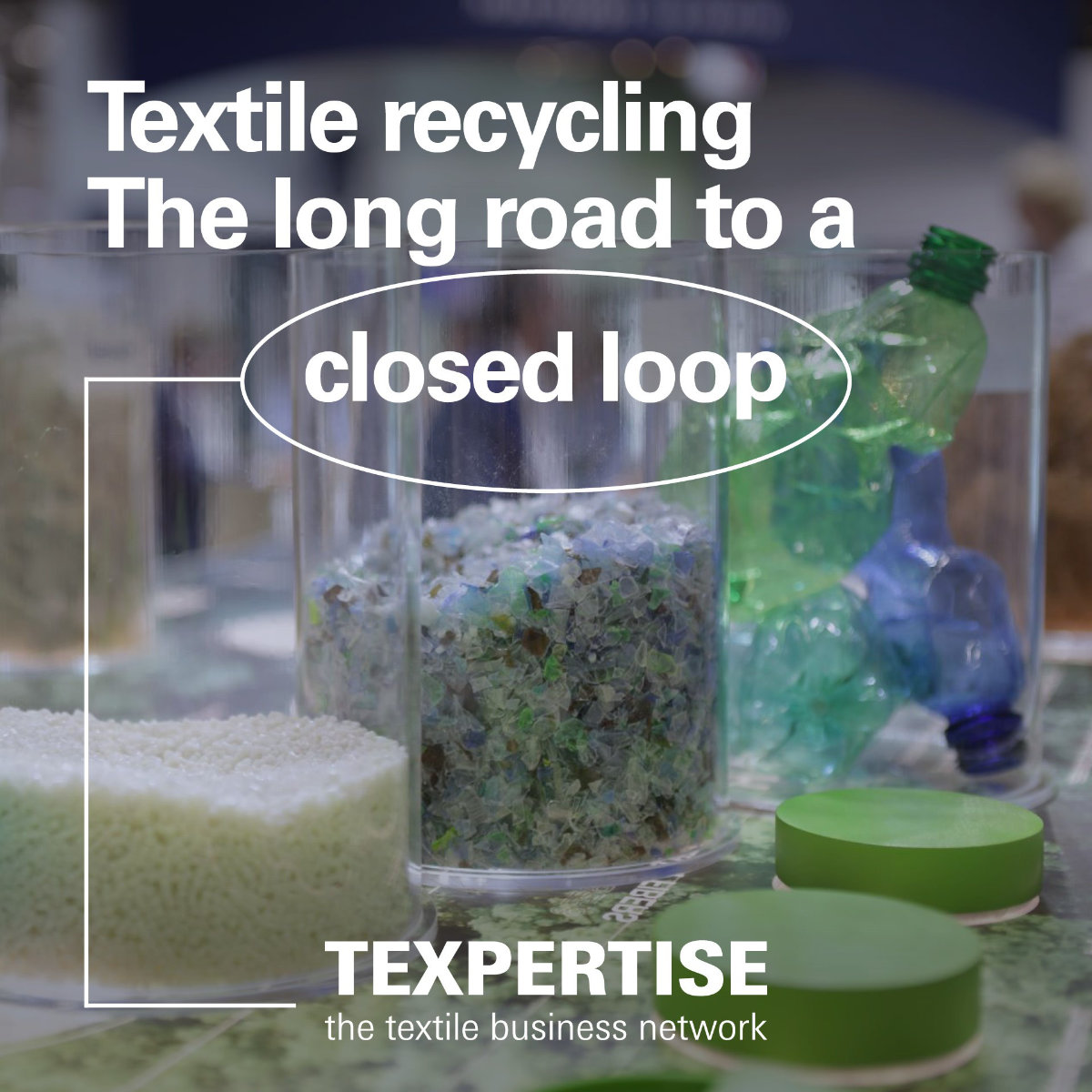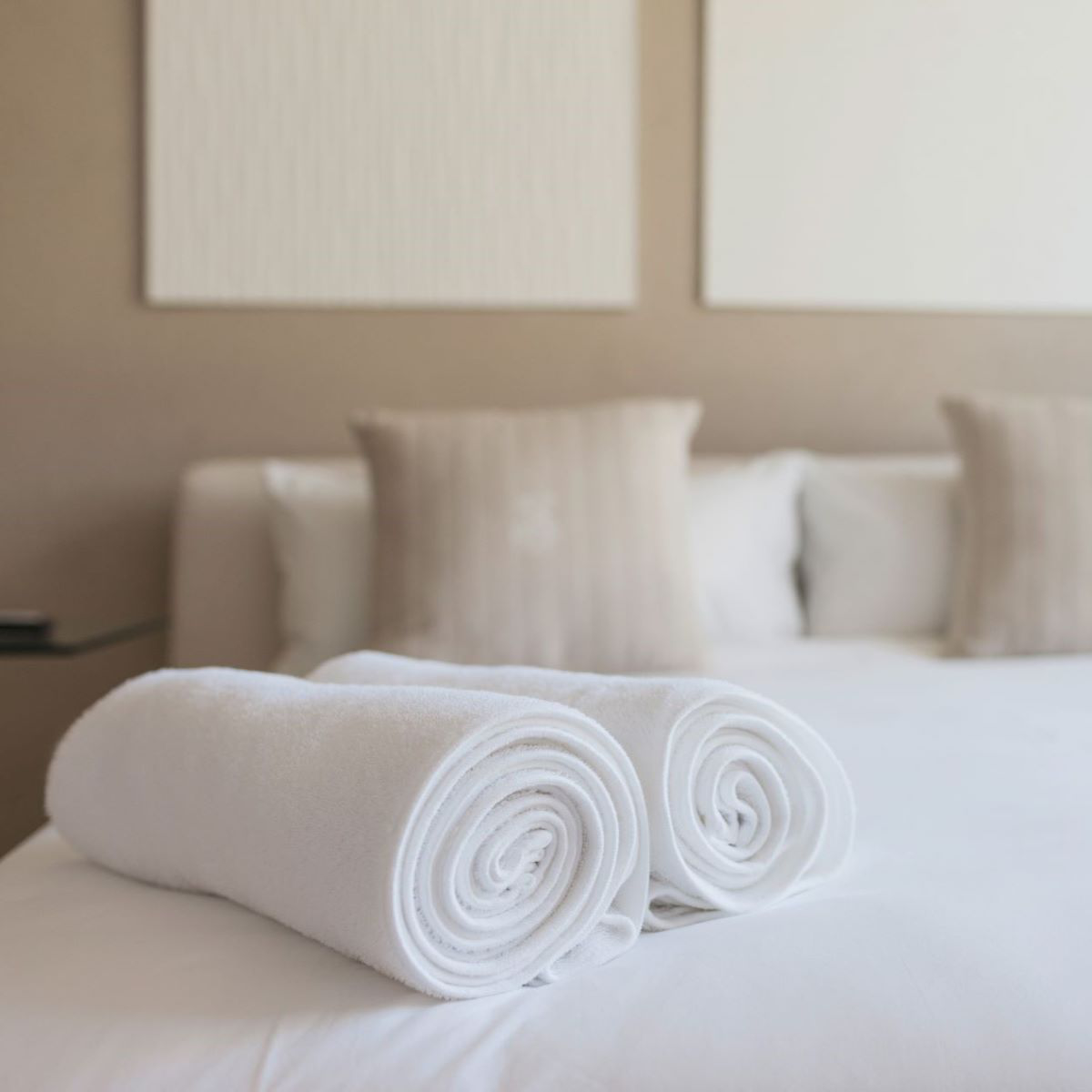Reading time: 3 minutes
Hygiene requirements in fitness environments
In sports and fitness settings, cleanliness and hygiene are essential. Surfaces, equipment and textiles are in constant contact with users. One of the main challenges is moisture input through inevitable perspiration during training. Carefully selected antibacterial textiles can help reduce microbial load and support hygiene standards.
How antibacterial properties are achieved
Textiles in fitness areas are frequently exposed to pathogens. A targeted choice of materials can effectively reduce bacterial growth on surfaces.
Antimicrobial properties are achieved in several ways. Some fibres create a microclimate that inhibits microbial settlement. Others contain active components that disrupt cell membranes or interfere with bacterial metabolism.
Technologies include:
- Silver ions, which destroy microbial cell structures
- Copper compounds, which are both antimicrobial and antifungal
- Polymer-based coatings, which prevent microbial adhesion
- Quaternary ammonium compounds, which attack cell membranes
Silver and copper can be added as additives or embedded in yarns. This ensures long-lasting antimicrobial performance – ideal for high-contact zones. Many companies in the Texpertise Network are currently working on innovations to improve both efficacy and durability.
Natural vs. synthetic fibres
Natural fibres can also offer antimicrobial benefits, depending on their composition and finishing. In lower-contact areas such as reception seating or curtains, they provide tactile comfort and diverse design options.
In heavily used areas with skin contact – such as training mats or upholstered surfaces – functional synthetic fibres based on polyester are often preferred. These combine robustness and hygiene and are specifically engineered for intense daily use.
Key advantages of antibacterial textiles in fitness environments
Gyms benefit in several ways from the use of antimicrobial materials:
- Improved hygiene and infection control: By inhibiting microbial growth on textiles such as mats, upholstery and curtains, these fabrics reduce pathogen load – especially in sensitive areas like locker rooms or group fitness spaces.
- Odour reduction and material protection: Bacterial breakdown processes cause unpleasant smells and accelerate wear. Antibacterial textiles increase product lifespan and support material preservation.
- Enhanced indoor climate: Lower microbial activity creates a cleaner, fresher atmosphere. This improves the perceived hygiene and brand image, contributing to a more positive training experience.
- Lower cleaning demands: While not a substitute for cleaning, antibacterial fabrics can reduce the need for aggressive chemicals and extend cleaning intervals – saving resources and improving sustainability.
Conclusion: antibacterial material blends enhance hygiene in fitness facilities
Gyms and sports centres provide ideal conditions for microbial growth. Operators are keen to minimise contamination risks. Antibacterial textiles offer a practical solution: they reduce surface pathogens, extend durability and support a healthier, more hygienic indoor environment.
FAQ – Frequently asked questions
Why are antibacterial fabrics important for gyms?
Fitness spaces see high user turnover and frequent surface contact. Sweat promotes the transfer of skin bacteria. Fabrics with antimicrobial treatments disrupt cellular structures and significantly reduce microbial load.
How do these fabrics inhibit bacterial growth?
Depending on the technology, they interfere with cell metabolism, damage membranes or create conditions unfavourable for bacteria to survive.
Are antibacterial textiles easy to clean?
Modern functional textiles are designed to withstand cleaning agents and disinfection cycles. Nevertheless, interior designers should work with clients to define project-specific material requirements based on usage intensity and hygiene protocols.
